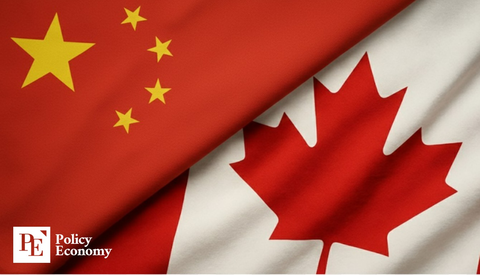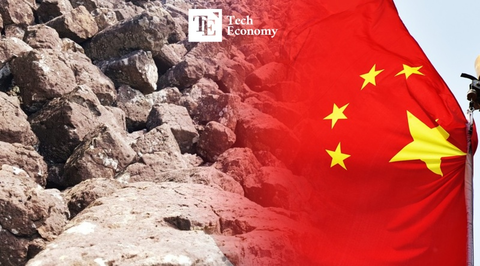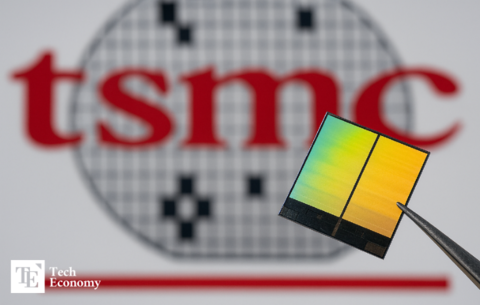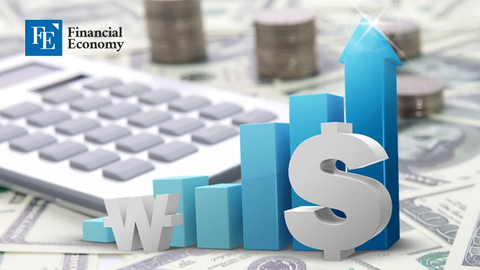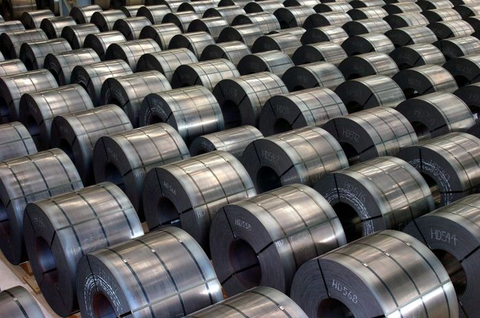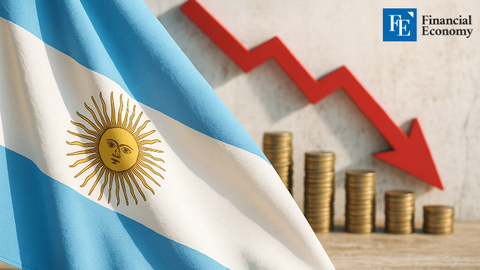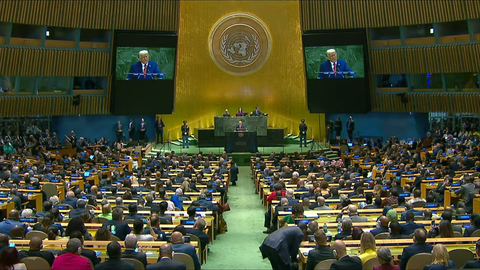India’s Economic Balancing Act Falters Amid End of Russian Oil Windfall and Trump’s 50% Tariff Threat
Input
Modified
Shockwaves Expected Across India’s Manufacturing Sector
Muted Response to Shifts in Trade Policy
Myth of ‘China Alternative’ Faces Reality Check
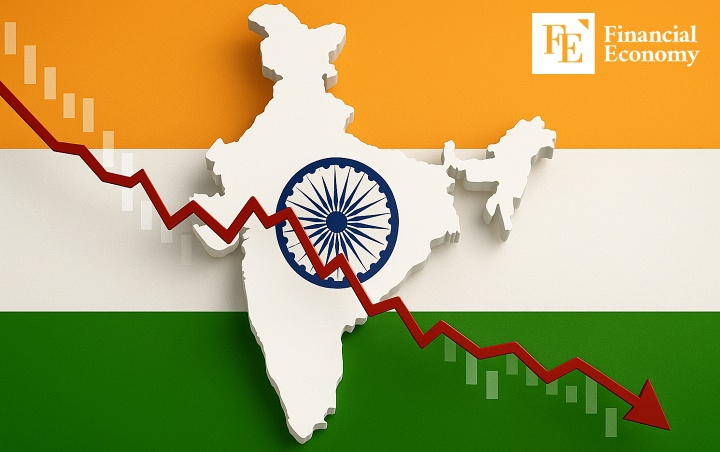
India’s ambitions to emerge as the next global manufacturing powerhouse are facing a significant setback as it braces for a potential 50% tariff hike announced by former U.S. President Donald Trump. The favorable conditions it once enjoyed by importing discounted Russian oil and gas have now faded. At the same time, limitations in its manufacturing infrastructure and vulnerabilities in its supply chains are becoming more apparent, weakening its appeal as an alternative to China. This shift is not only expected to deteriorate India’s trade outlook in the short term but could also derail its long-term bid to attract high-tech manufacturing investment.
Trade Surplus Gains and Cost Efficiency Now at Risk
On August 6, Trump signed an executive order titled “Resolving the Threat from the Government of the Russian Federation to the United States,” announcing an additional 25% tariff on Indian exports—on top of the existing 25% reciprocal tariff—citing India's growing imports of Russian energy. Trump accused India of playing a key financial role for Russia since its invasion of Ukraine by dramatically ramping up purchases of Russian oil.
Over the past three years, India had benefited substantially from steeply discounted Russian energy, enjoying both an improved trade balance and reduced manufacturing costs. However, the new tariff threat is now sending ripple effects across the entire industrial landscape, particularly endangering India’s export competitiveness to the U.S.—a key market. Major Indian exports such as apparel, jewelry, machinery, and chemicals are expected to see significant price-driven disadvantages if the tariffs take effect.
India’s Ministry of External Affairs issued a formal statement expressing “deep regret” over the U.S. decision to impose additional tariffs on actions “that many countries undertake in pursuit of their national interest.” The ministry emphasized that India complies with all international sanctions and argued that its purchases of Russian oil contribute to global economic stability. Given that Russia is the world’s third-largest oil producer after the U.S. and Saudi Arabia, India warned that disrupting this supply would likely lead to a sharp increase in global oil prices.
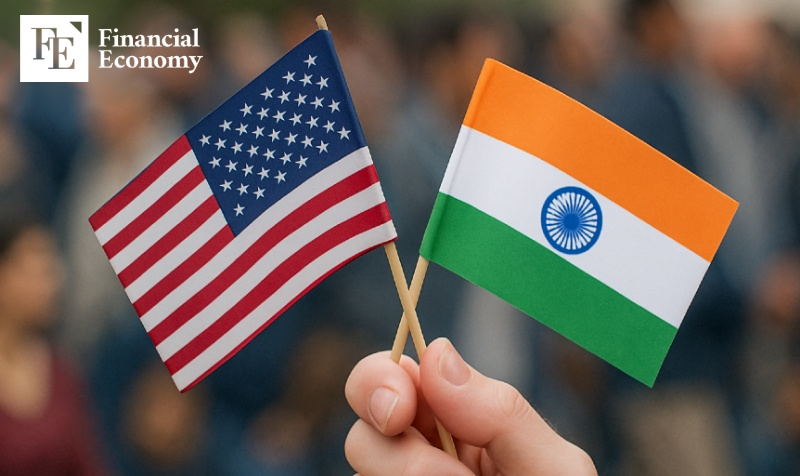
India Stresses Domestic Market, Diversification as It Holds Firm on Russian Imports
Despite Washington’s warnings, India shows no signs of backing away from Russian energy imports. In a press briefing earlier this month, Ministry of External Affairs spokesperson Randhir Jaiswal stated, “Bilateral relationships hold intrinsic value and should not be viewed through the lens of third countries.” He added that India and Russia share a long-standing, time-tested partnership—a clear rebuke to U.S. pressure.
India’s confidence stems from its perceived strategic leverage in both security and economic spheres. Within the U.S.-led Indo-Pacific Strategy—designed to counterbalance China—India is seen as indispensable. From the American perspective, India plays a vital role in containing China’s maritime ambitions and its Belt and Road Initiative throughout the Indian Ocean region.
India’s macroeconomic structure also supports a degree of resilience. While the U.S. accounts for roughly 17% of India’s exports, exports constitute only about 20% of India’s total GDP. By comparison, export-heavy economies like South Korea depend on exports for over 40% of their GDP. This suggests that India has the domestic demand to weather external shocks. Additionally, India has recently diversified its trade channels by expanding manufacturing ties with ASEAN, the Middle East, and Africa.
Erosion of Manufacturing Appeal Raises Concerns Over Long-Term Growth
India, along with Mexico, had positioned itself as a viable successor to China in global manufacturing. However, that narrative is rapidly losing momentum. The reality is that India's manufacturing infrastructure lacks the capacity and skilled labor to absorb large-scale, high-tech production in a short timeframe—especially in industries like semiconductors, electric vehicles, and precision machinery, where production ecosystems remain deeply entrenched in China.
In this context, the prospect of a 50% tariff hike underscores India’s vulnerability to external shifts. The cost burden of such tariffs could significantly reduce the profit margins foreign companies expect from operating in India, prompting a reassessment of relocation or investment decisions. Companies that rely heavily on the U.S. as an export market are particularly likely to seek alternative manufacturing bases to mitigate tariff risks.
Moreover, India’s chronic issues—logistical inefficiencies, bureaucratic delays, unreliable power supply, and underdeveloped industrial clusters—are once again under scrutiny. With the added uncertainty of steep tariffs, global firms seeking to diversify out of China may now view India as a less reliable option. As a result, the current tariff controversy is expected to not only weaken India’s competitiveness in manufacturing and exports but also undermine its positioning in the evolving global supply chain order.

